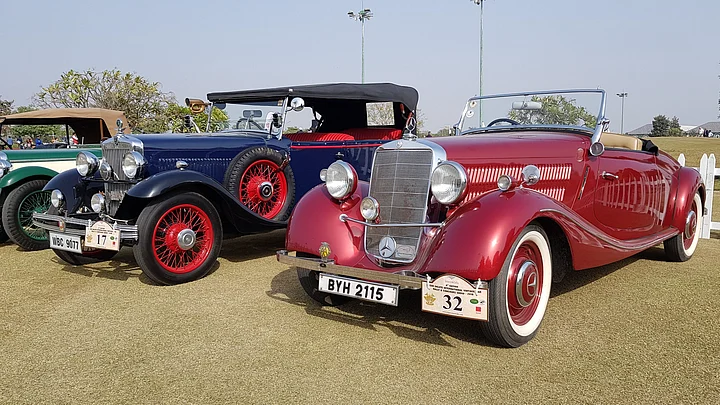Vintage and classic car owners will soon be able to heave a huge sigh of relief as they may be able to save their cars from being scrapped and even take them out for a drive occasionally.
The Ministry of Road Transport and Highways (MoRTH) has issued a draft notification about the registration of vintage cars.
According to this notification, vehicles that are more than 50 years old from the date of first registration can be classified as vintage cars. Technically that would include any vehicle manufactured before 1969. This includes domestic as well as imported vehicles.
These vehicles need not necessarily be scrapped at the end of their registration period as is the case with vehicles in the Delhi-NCR region currently. A formal scrapping policy is yet to be notified by the government.
Vintage cars will have the letters “VA” in their registration plates to show they are vintage vehicles and exempts them from being scrapped, when the law on vehicle scrapping comes in.
The registration plates will differ from state to state, but a Vintage Motor Vehicle State Committee (VMVSC) will be the final authority that can approve or reject a car that applies for vintage car status. So don’t go about trying to pass off your Hindustan Ambassador as vintage just yet (although technically, Ambassador Mark II and before do qualify).
Vintage car registration plates will be valid for 10 years.
How To Register a Vintage Car?
To register as a vintage car the owner will have to produce documents such as the original registration certificate, a valid insurance policy, import papers, etc and pay a one-time registration fee of Rs 20,000. If the VMVSC approves the car, it can be registered as a vintage car for a 10-year period, which can be renewed.
Vintage cars can be bought and sold, but the registration authority needs to be informed about the ownership change within 90 days.
When Can Vintage Cars Be Driven?
There is a catch. You can’t drive your vintage car to work every other day. There are terms and conditions attached to their use.
The draft notification states that vintage vehicles will not be allowed on public roads for regular use. However, they can be brought out for car shows or exhibitions or any display purposes. They can be driven while taking part in events, historical tours and ceremonial occasions.
They can also be used for technical research or cinematography. And of course, they can be taken out for “refuelling and maintenance”, which we suspect is likely going to be the most used reason.
(At The Quint, we question everything. Play an active role in shaping our journalism by becoming a member today.)
